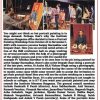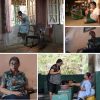Goa is abuzz with excitement as vintage bike and car owners, users, collectors and fans are decking […]
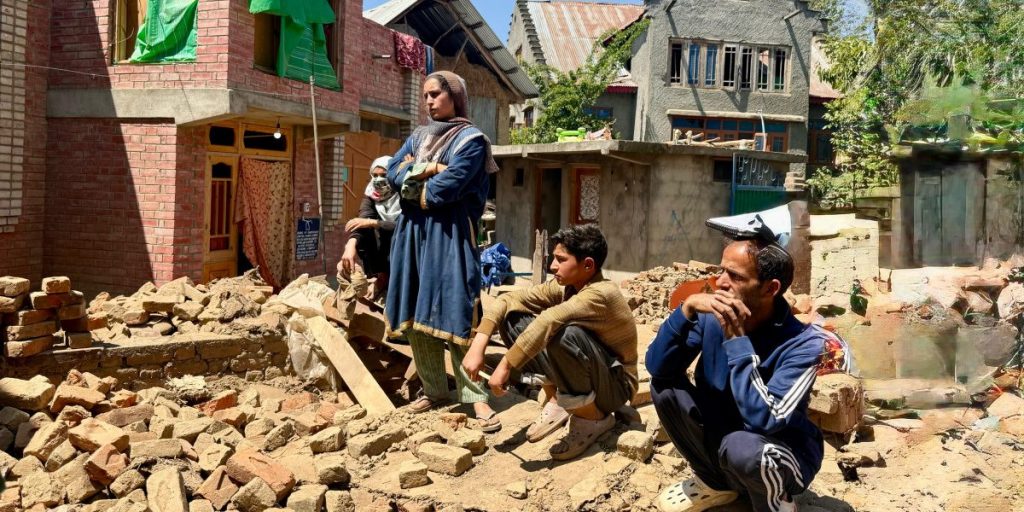
WHAT DO THE GHOSTS OF PAHALGAM, PULWAMA MEAN FOR THE COMMON KASHMIRI?By Tarushi Aswani
In the News, May 03- May 09, 2025 May 2, 2025While all of India including Kashmir mourns the loss of 26 lives that were lost in Baisaran, Kashmiris are also mourning a lot more.
Aisha Begum looks at the heap of debris that her decades-old home has turned into. Begum’s home in Kulgam was part of the blasting spree carried out by forces in south Kashmir to avenge one of the biggest terrorist attacks on tourists in Kashmir’s Pahalgam on April 22.
Begum’s house – made from the money her family saved over the years working as daily wagers – was blown up apparently to avenge the killings in Pahalgam.
But Begum and many others with destroyed homes, whose sons, brothers and fathers had cut ties with them to become terrorists, ask a common question: “Was it our fault?”
Along with Begum’s humble home in Kulgam, eight other residential houses of the families of suspected Lashkar-e-Tayyaba (LeT) members saw explosives being planted in the homes. They explosives were later detonated, blowing up their homes, hopes and dreams. The blasts have also impacted homes of neighbours who had no connection whatsoever with the alleged terrorists.
The family recounts how they were asleep when the forces arrived with their equipment at 12:30 am and began to blow up the sum of their lives – their home.
Those suspected of having committed the Pahalgam attack under the banner of LeT have been identified as Ahsan Ul Haq Sheikh, Asif Ahmad Sheikh and Amir Nazir, from Pulwama. From Shopian, it is Shahid Ahmad Kutay and Adnan Shafi Dar, and Jameel Ahmed Shergojri of Bandipora district as well as Adil Thoker of Anantnag and Farooq Ahmad Tadwa from Kupwara.
Trickling trauma
Time stands still in Pahalgam. Its taxis, hotels, restaurants, gift shops and people are on pause. Nothing breathes any more. Horses run without riders and rivers gush without revellers.
Pahalgam is in mourning, with its garrisoned gardens.
Hilal Ahmed Ahanger, a 28-year-old entrepreneur in Pahalgam, is already a victim of Kashmir’s distressing unemployment statistics. Ahanger, who pursued his masters in political science and bachelors in mathematics, had forgone the idea of pursuing a career related to his education when he calculated the dismal pay he would receive. Instead, he began his small-footed journey in the hotel business seven years ago.
After the attack, several hotels have shut, but some are still open in the hope of catering to tourists. The huts that Ahanger runs are vacant now.
“This attack has shocked everyone. But now, I know we will be seen as the ‘new Pulwama’. No one even knew where Pulwama was, and now it is known for a tragedy. Sadly, Pahalgam’s image of a beautiful tourist spot can never be repaired now,” Ahanger told The Wire. Another restaurateur at the affected spot said he had requested his staff to go back to their respective districts to stay safe. “Our Hindu staff was terrified after the attack they wanted to leave and we readily facilitated it. Our staff of 18 has now shrunken to four,” he said.
Locals feel that the gruesome episode has shaken their world forever. It has left them in a more vulnerable spot than ever, with their lives and livelihoods jeopardised.
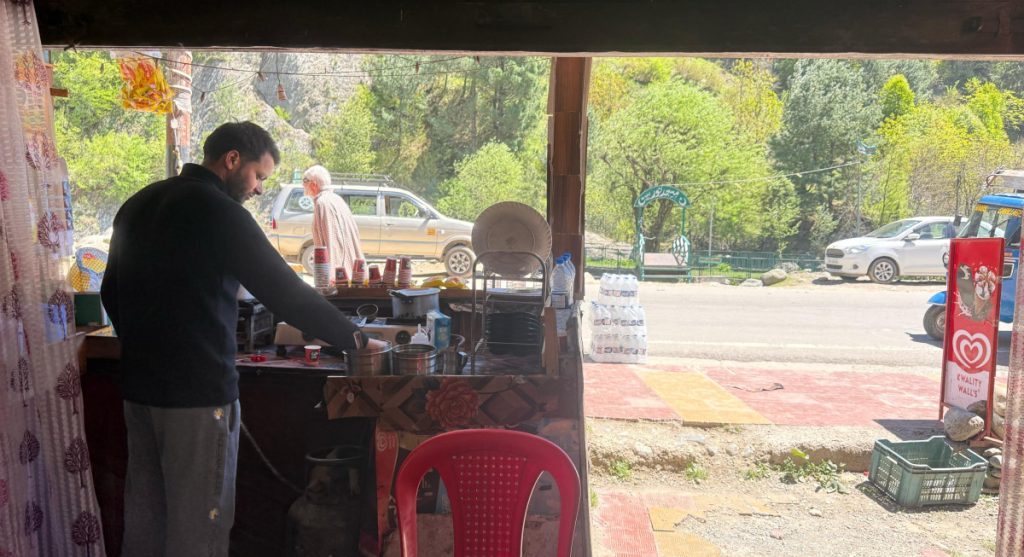
‘We are permanent sufferers’
In Pulwama’s Murran village, Sahiba Jan, a 14-year-old girl, is trying hard to make her way out of her colony which was recently destroyed using controlled explosives. Her feet have multiple scratches as she tries to walk in her colony, the lanes of which are now paved with hundreds of rugged rocks, pieces of shattered plastic and splinters of wood. Homes that were not connected to any alleged militant or terrorist have also borne the impact of the explosion, and children like Sahiba were forced to scrounge for their books and belongings from under the rubble.
Ever since Pulwama made it to headlines for the 2019 carnage that killed 40 CRPF personnel, locals say life is not the same. While they admit that Pulwama’s young men have joined the violence ever since the rise in militancy, there is a sense of being watched which has doubled and quadrupled since 2019. After the Pahalgam attack, Pulwama’s locals felt a rise in their pulse. The 40 deaths that happened six years ago haunt their hearts and homes to date. After the Pahalgam attack, hundreds and thousands of men across Pulwama and the rest of Kashmir were taken away by the forces.
Wali Mohammed, whose house was the target of the explosion in Murran, feels that things are never going to be the same now. “How can those who stay be accountable for those who leave?” he asked. His grandson, Ahsan ul Haq Sheikh, has been accused of involvement in the Pahalgam terror attack. In Pulwama’s neighbouring Shopian, former MLA Aijaz Ahmad Mir’s faith in peace and stability is dwindling. Mir, who hails from a very volatile village named Zainapora, has always believed in democracy as a solution. But the way the houses of those suspected of involvement in the Pahalgam attack have been brought down, Mir feels, has triggered an increased eeriness, uneasiness and ominous ambiance in south Kashmir. “Kashmir is a very tricky region to deal with. One miscalculated move and all the years of stability can go down the drain. And whatever happens, it is Kashmiris who bear the brunt. Our parents, children, our people are a permanent casualty of the seven-decade old conflict,” Mir told The Wire.+
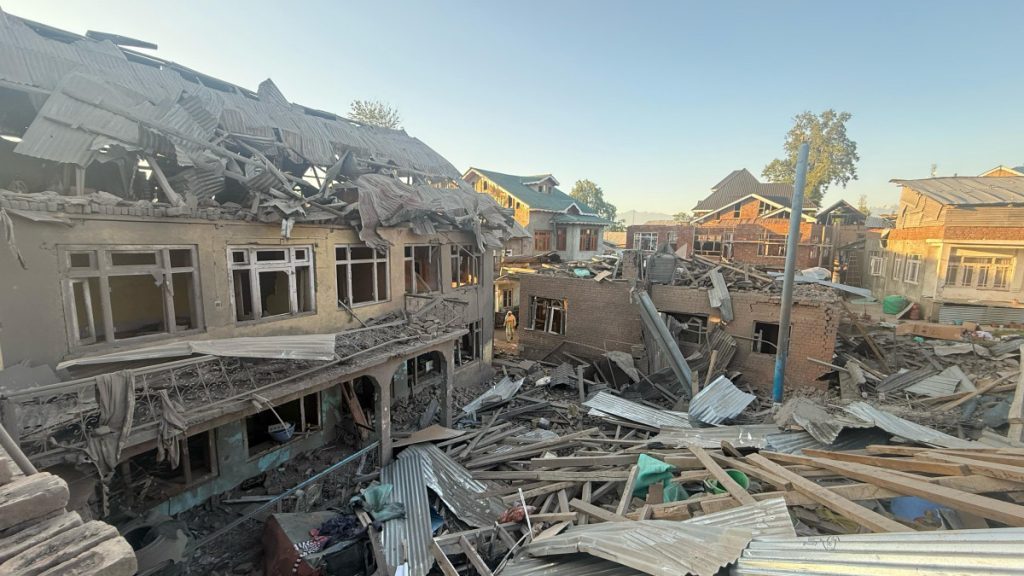
Mourners in Modi-fied Kashmir
Ever since the 2019 attack, the Narendra Modi government has twisted every arm, agency and institution in its hands to make Kashmir hum a narrative of peace and prosperity. This has only resulted in a pendulum effect of attacks moving from Kashmir to Jammu – and now back to Kashmir. According to the South Asia Terrorism Portal, 2024 saw 12 ‘major incidents’ unfold in Jammu and Kashmir, leading to 50 deaths and 58 injured. Newer militant groups are rising in the region – rebel groups such as the People’s Anti-Fascist Front, the Resistance Front and the Kashmir Tigers emerged after Modi’s cancellation of Kashmir’s special status in 2019.
And it is the rise of such groups that is choking the narrative of Naya Kashmir.
Outside the home of Adnan Shafi Dar, another LeT member among the suspects of the Pahalgam attack, there is debris and despair. His father still looks at the remains and ruins of what he once called home, where he raised his children, including Adnan, in Shopian’s Wandina.
The ruins of Dar’s house in Wandina carry a trampled piece of tape saying “CRIME SCENE”, but his father Shafi Dar, who is yet to come to terms with the blasting of their humble abode, questions this ‘counter action’ on April 27.
Dar cannot comprehend this damage, not because it is personal, but because it has never happened in his district before. His district Shopian is known for people joining the militancy ever since it gained momentum. “Our district, our village has seen many leave, and learnt about many being killed for being militants. But this has never happened to any of their houses,” Dar told The Wire.
The fear is palpable Kashmir. Several young men have been detained as the security forces question about 1,500 Kashmiris on the attack.
While all of India including Kashmir mourns the loss of 26 lives that were lost in Baisaran, Kashmiris are also mourning a lot more. They are mourning sons lost to violence, they are mourning detentions and jailings, and they are mourning a future they see as plausible – of more uncertain, unstable times to come.
Courtesy: The Wire
